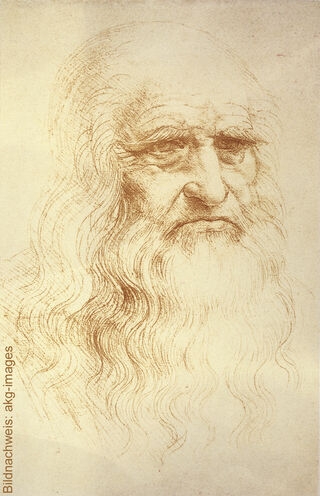"Schema delle Proporzioni", relief sculpture "Man" and "Woman"
"Schema delle Proporzioni", relief sculpture "Man" and "Woman"
Quick info
bonded bronze | handmade | signed text on the back | size each 16 x 17 x 3.5 cm
Detailed description
"Schema delle Proporzioni", relief sculpture "Man" and "Woman"
It was a time of new beginnings: after the religiously dominated Middle Ages, geniuses such as Leonardo da Vinci and Michelangelo Buonarroti went down unprecedented paths and opened the door to a new age. The return to classical Greek antiquity was only an apparent contradiction; because like their Hellenistic ancestors, the artists and scientists of the Renaissance rediscovered humankind, nature and their interrelationships, strived for perfection and found new forms of expression in art.
Leonardo da Vinci's famous pen and ink drawing from one of his legendary notebooks has become a worldwide trademark for progress, science and medicine. Set of 2 standing reliefs. Polymer cast by hand with fine bronze patina, with signed text on the back, size 16 x 17 x 3.5 cm (w/h/d) each.
This set contains the following products

About Leonardo da Vinci
1452-1519
Leonardo da Vinci is considered the greatest universal genius in the history of art and science. His inventions, works of art and studies, but not forgetting his mysterious life, continue to interest science and literature to this day.
The universal genius Leonardo da Vinci, the epitome of the Renaissance man, was a painter, sculptor, builder, writer, art theorist, naturalist, inventor and technician all in one. Even though in primary school the illegitimate child had barely learned how to read, write and do arithmetic, thanks to his unique talent, he soon set himself up early for an apprenticeship as a painter and sculptor with Andrea del Verrocchio and tried to gain employment at one of the courts. Temporarily he succeeded in working for the Duke of Milan or Cesare Borgia, the Pope or the French King.
His life was filled with the study of humanities and the universal urge for knowledge and action that was characteristic of his epoch. Through incessantly observing, recording and analysing, he created a huge oeuvre as a scientist and technician alone. For example, he studied the geological formation and cloud formation, the flow of water and air, the flight of birds and apparatus in order to enable human flight.
His work as a visual artist, on the other hand, is smaller but occupies a very high rank, such as the "Last Supper" or the "Mona Lisa".
His artistic striving for compositions with moderately calm geometric basic forms prepared for the High Renaissance. His later approaches to grasping the world of appearance in its transformation through air and light even point ahead to Baroque painting.
Bronze powder is polymer-bonded. Special polishing and patination techniques give the surface of the casting an appearance similar to the bronze.
A sculptural technique where the artwork is cut in from a stone or wooden surface and not modelled.
There are different degrees of relief depending on the degree of projection. The range includes low relief/bas-relief and high relief. The sunk relief is a common form of reliefs in Ancient Egypt, in which the depicted scenes were cut into the stone or wood surface.
Among the most famous reliefs are the works of the Florentine master Lorenzo Ghiberti. Among other artworks, he created the pair of gilded bronze doors of the Baptistery in Florence, called by Michelangelo the "Gates of Paradise".
(Rebirth). The term describing art from around 1350 until the 16th century.
A mindset that developed in Florence in the late 14th century that was retrospectively classified as rebirth of the classical ideals of Greek and Roman antiquity. During the 15th and 16th centuries, the Renaissance spread first over Italy and then all over Western Europe and determined the entire artistic creation. Brilliant artists such as Donatello, Leonardo da Vinci, Michelangelo, Raphael, Dürer, Holbein, Cranach and Fouquet created their immortal works by following the humanistic premises and placing the human being in the centre of all thinking.
Renaissance experienced its heyday in literature through dramatic works and poems of William Shakespeare.
At the end of the 16th century, the Renaissance had to give way to the opulence of baroque, before its ideas experienced a rebirth in the classicism of the 18th century.
A plastic work of sculptural art made of wood, stone, ivory, bronze or other metals.
While sculptures from wood, ivory or stone are made directly from the block of material, in bronze casting a working model is prepared at first. Usually, it is made of clay or other easily mouldable materials.
The prime time of sculpture after the Greek and Roman antiquity was the Renaissance. Impressionism gave a new impulse to the sculptural arts. Contemporary artists such as Jorg Immendorf, Andora, and Markus Lupertz also enriched sculptures with outstanding works.




